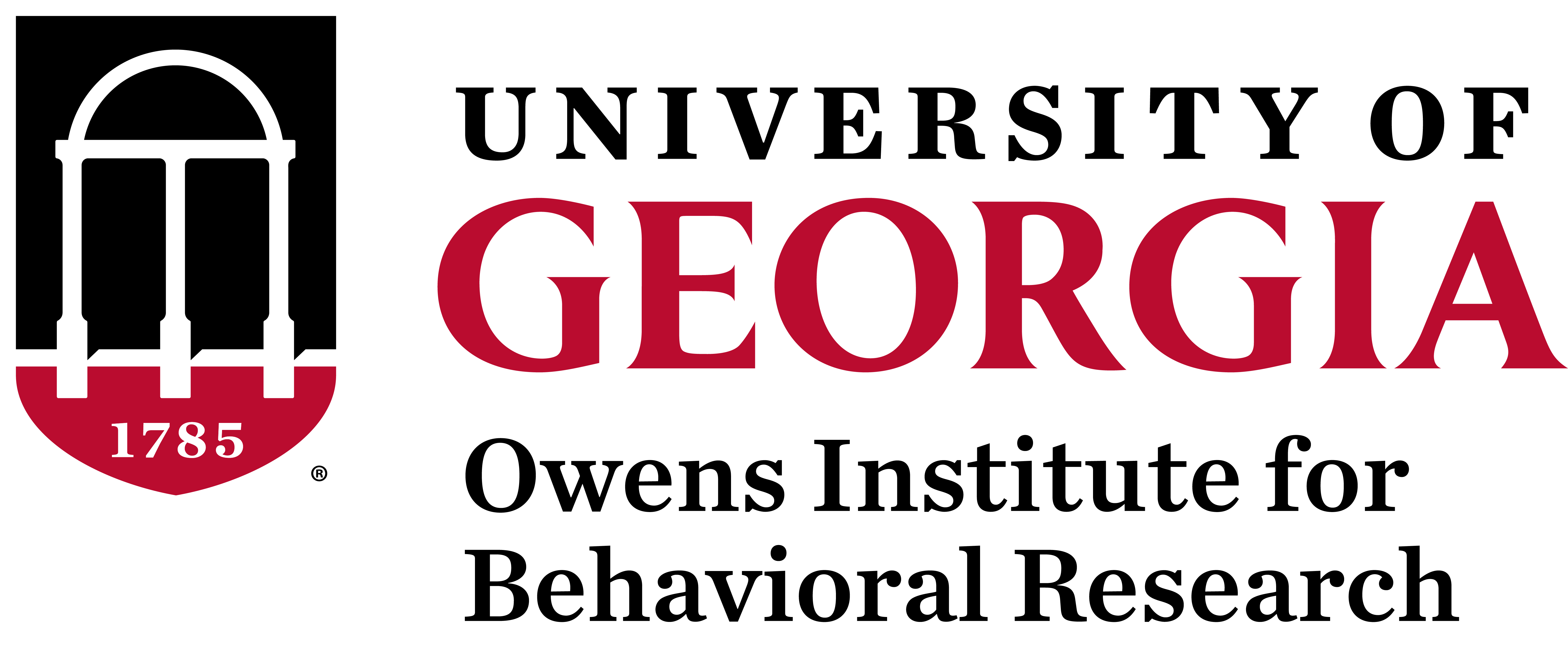Beyond Words: Exploring the Enigmatic Realm of Infant Language and Play Interactions at Home


In the world of developmental psychology, Dr. Drew Abney, an assistant professor of Psychology at the University of Georgia and principal investigator, secured a significant grant from the National Science Foundation’s Developmental Sciences division, totaling an impressive $694,828. The project, titled “The Temporal Structure of Infants’ Everyday Behaviors,” is set to unfold over the next three years, offering a glimpse into the nuanced world of infant development.
Dr. Abney’s journey into this fascinating project began during his graduate school years, when he started learning more about how the field of complex networks was innovating analytic tools inspired by statistical mechanics to quantify the temporal structure of diverse phenomena, from how earthquakes unfold over space and time to how our email exchanges are structured across multiple timescales. He started thinking about how this statistical structure that is so pervasive in our world might impact and constrain how humans develop and learn. As he started applying these analytic tools to rich datasets of human interactions and language environments, he realized that these tools might help uncover new insights into human development. These methods have laid the foundation for the research he currently spearheads.
At the heart of this research project lies a novel approach to understanding how infants learn language and the vital role it plays in their development. While traditional studies focused on the quantity and quality of language input, Dr. Abney’s approach goes further by examining the temporal structure of language and other behaviors in infants’ social interactions. The key question guiding the research is, “What is the temporal structure of how language unfolds in social interactions of infants and young children?” To answer this, Dr. Abney’s team has compiled over 400 hours of video recordings capturing infants’ interactions with their caregivers in the comfort of their homes.
“We seek to understand and capture how behaviors such as vocalizations and other social behaviors unfold over time and determine whether that temporal structure is important for language development,” explained Dr. Abney. This innovative perspective has the potential to revolutionize our understanding of language development in infants, providing profound insights into the complexities of human behavior.
Collaborations and interactions with fellow researchers have played a pivotal role in shaping Dr. Abney’s research path. Overcoming challenges imposed by the pandemic, his affiliation with OIBR, and completion of the OIBR Grant Development Program provided essential connections. “In 2021, I was awarded a seed grant award from OIBR to start a project with Drs. Cindy Suveg (Psychology) and Geoffrey Brown (HDFS). Since then, we have been able to do some great research that is translating into thesis projects, manuscripts, and developing NIH proposal ideas,” he remarked.
Dr. Abney’s commitment to team science is evident in his philosophy, which emphasizes collaboration and teamwork as indispensable in studying human development. He believes that a social context is inherent in scientific practice, and fostering transparency, kindness, grace, and respect is crucial for success.
As Dr. Abney envisions the future of his research, “I see my research going deeper into understanding how the properties of infant sleep directly impact other facets of human development by collecting and curating large, multimodal datasets of infants’ behaviors outside of the lab environment and in real-world contexts,” he explained.
In conclusion, Dr. Drew Abney’s research project stands as a testament to the ever-evolving landscape of developmental psychology. With innovative approaches and support from organizations like the NSF and OIBR, his work promises to unravel the complexities of infant language development, contributing significantly to our understanding of human behavior. As he continues to advance alongside his committed team of researchers, the future presents promising opportunities for the field of developmental psychology.
For those who would like more information about this groundbreaking research, Dr. Abney’s lab offers a dedicated website, “The Developmental Dynamics Lab“, providing additional information and updates on the project.
Author: Andrea Horsman
